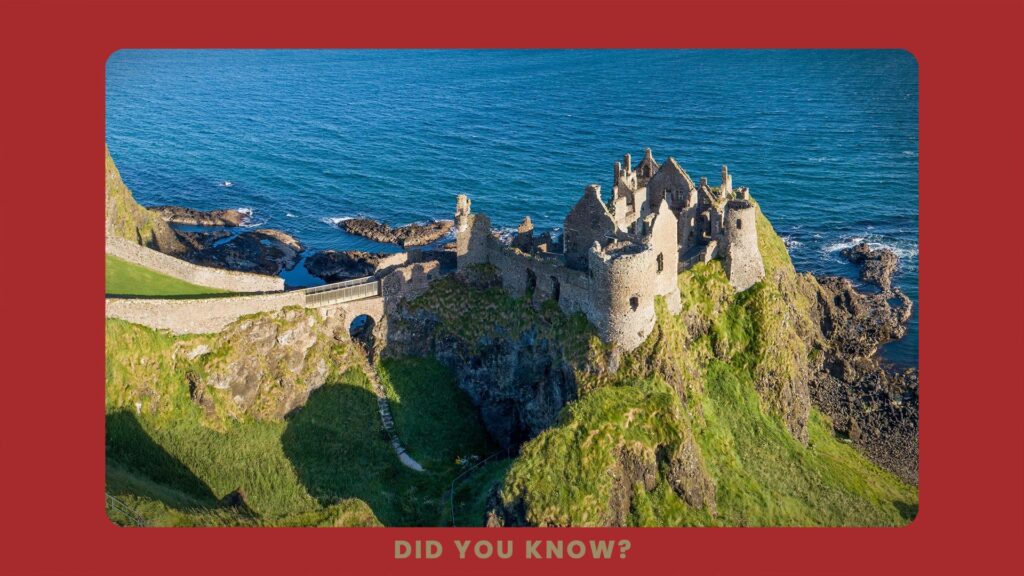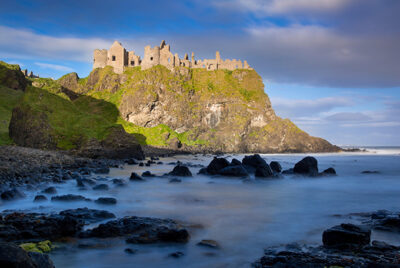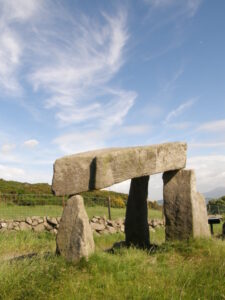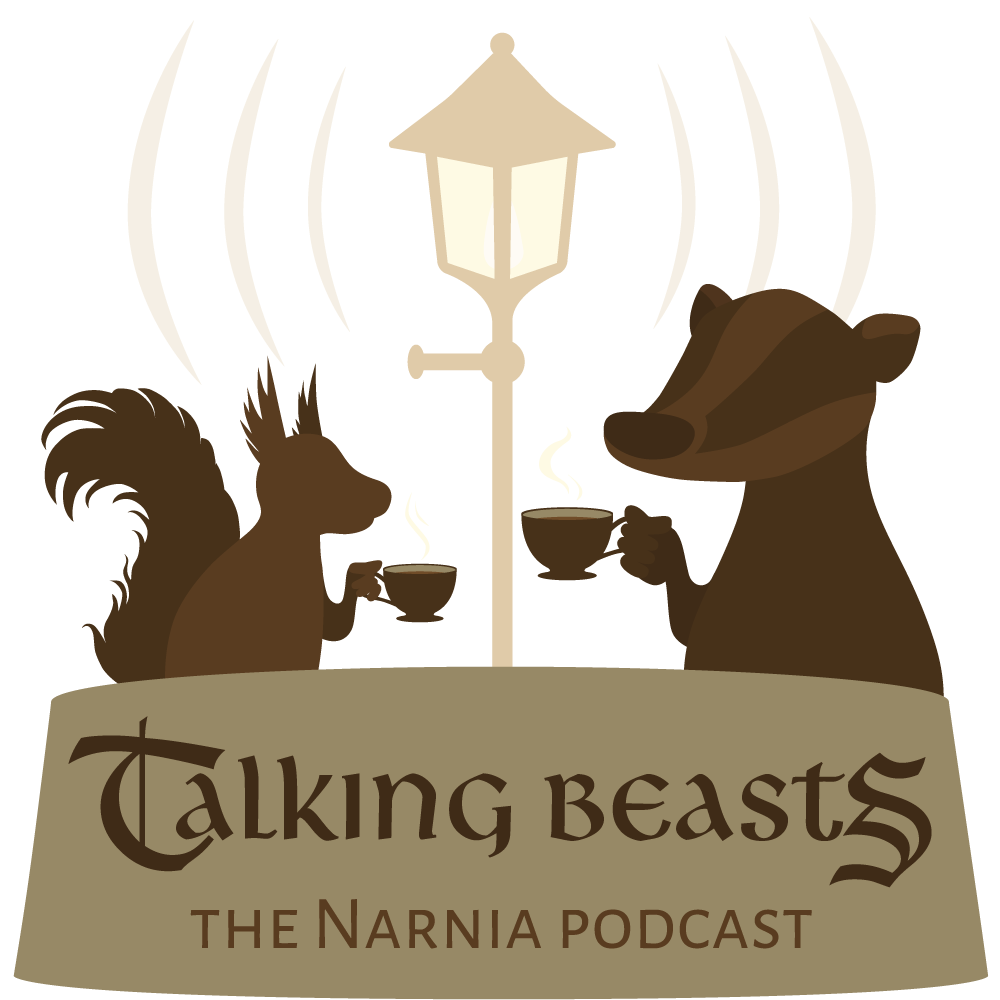These Real World Locations Inspired Narnia

Look for “Did you know” articles on NarniaWeb on the first of every month.
Many of the locations in The Chronicles of Narnia are inspired by real places that C.S. Lewis visited, read about, or dreamed of in his youth.
As a child growing up in Ireland, Lewis loved the old castles that dotted the landscape. Ireland has scores of castles, most dating back hundreds of years. None are more famous than Carrickfergus Castle near Belfast, built in the twelfth century. Farther north near Portrush, Dunluce Castle (see below), high on a rugged cliff, overlooking the sea. It’s easy to see how these seaside castles could have been models for the ruins of Cair Paravel in Prince Caspian.

Another place that may have inspired Lewis was Legananny Dolmen, an ancient tomb. This was a large structure made up of two standing stones with a capstone balanced on top as a roof. Interestingly, in an ancient Celtic language, dolmen translates as “stone table” which plays a significant role in The Lion, The Witch, and The Wardrobe.

When he was a boy, he would ride his bike with his brother through the Holywood Hills in County Down. At the crest, they could see the Mourne Mountains. Evidently, this was an incredibly evocative image for a young Lewis. He later wrote,
“I have seen landscapes, notably in the Mourne mountains and southwards which under a particular light made me feel that at any moment a giant might raise his head over the next ridge. I yearn to see County Down in the snow, one almost expects to see a march of dwarfs dashing past. How I long to break into a world where such things were true.”
C.S. Lewis, On Stories







I think Stonehenge was also an inspiration for the Stone Table. The Celtics performed rituals on Stonehenge, so it would explain when the White Witch says, “The sacrifice have always been done on the Stone Table.”
C.S. Lewis was also a huge fan of E. Nesbitt’s stories, one of which features a boy falling asleep at Stonehenge only to awaken and find himself transported back to the time when the sacrifices were being performed – and narrowly escapes being sacrificed himself! It’s possible that this story was the source of this particular influence.
I’d love to visit Northern Ireland and check out these places in person! One day!
Need to visit One day!
It’s worth it. Definitely check out a C.S. Lewis walking tour in Belfast too!